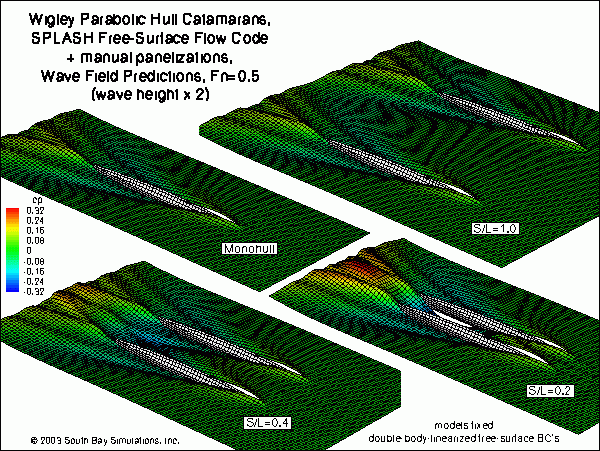Thanks for the post Peter.
As one who you probably classify as “just don’t understand how multihulls work”, I find your “would-be-multi” sailors comment a bit startling. I thought it was pretty much understood that multi-hulls flip every once in a while and that most (the fast ones) are not self righting. And one further, that a multi would flip a lot more readily with a beginner at the helm.
Isn’t the idea to balance the craft of one hull. In my experience, “balance” is something that is difficult to perfect with full sensory feedback, let alone when driving by stick.
I actually appreciate Dick’s post. I said right up front that I wouldn’t be building one in the near future, but I enjoy learning about them.
Between you and Ernst I can’t figure out who belittles newbies (I am the only one) more in this thread. I think that is the one think Dick is not trying to do. Don’t worry though, I can take it.
Luke
 </center>
</center>